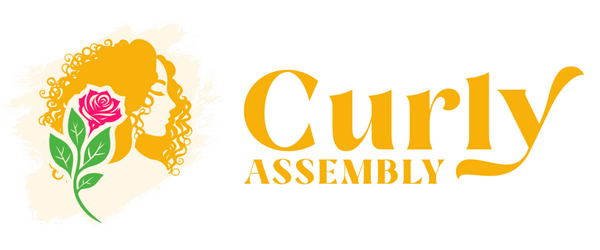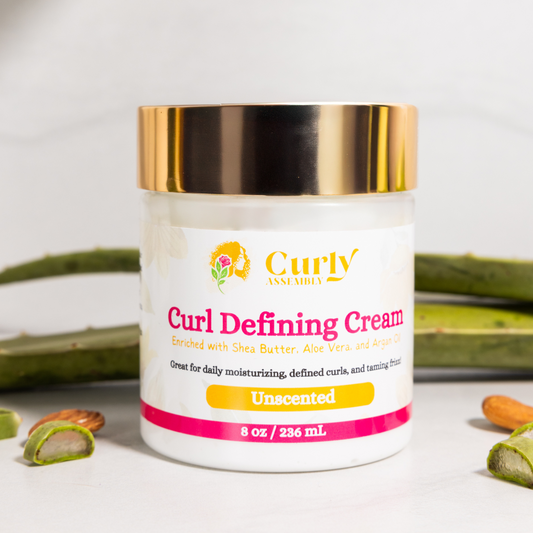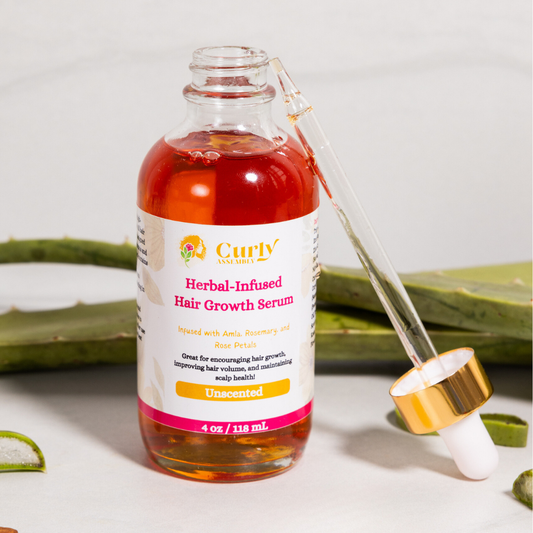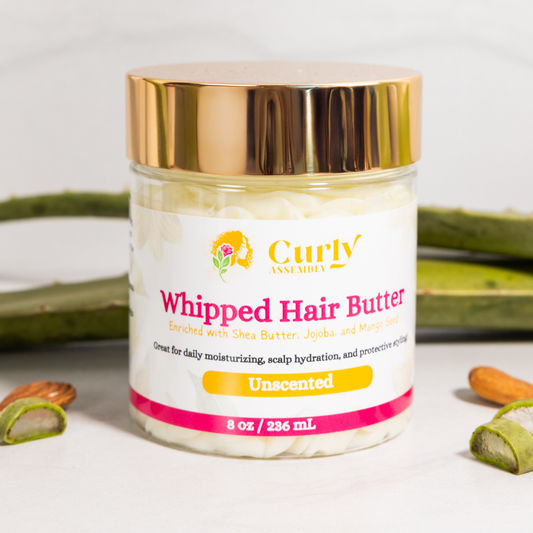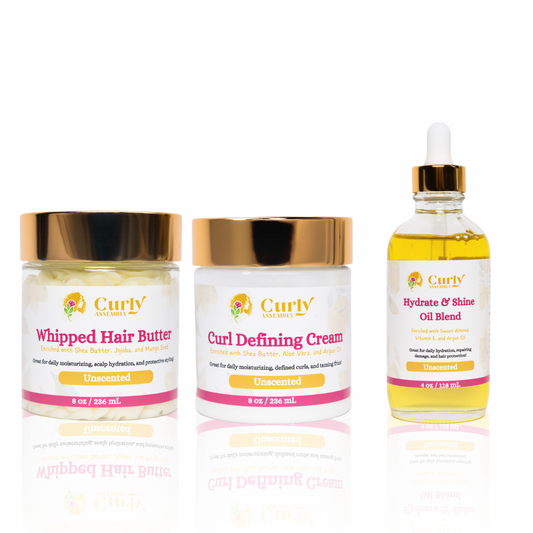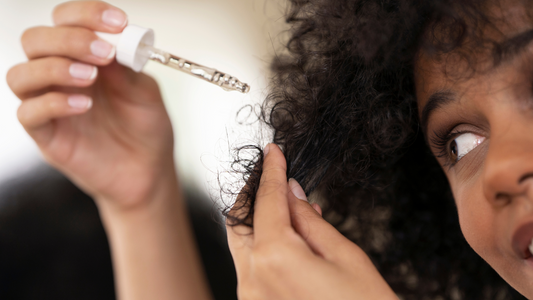
Relaxed to Natural Hair Transition Tips
Transitioning from relaxed to natural hair is a beautiful journey, but it can come with its own set of challenges, especially when it comes to preventing breakage. With the right approach, you can enjoy the process of rediscovering your natural curls. Here’s how to transition from relaxed to natural hair while keeping your strands healthy and strong.
Understand the Transition Process
Transitioning means growing out your natural texture without immediately cutting off the relaxed ends. This creates a line of demarcation where the natural hair meets the chemically treated hair—the most fragile part of your strands. Careful handling is key to preventing breakage at this junction.
Commit to a Gentle Hair Care Routine
During the transition, your hair will need extra love and care. Stick to these essential steps:
1. Cleanse: Use a sulfate-free shampoo to gently cleanse your scalp without stripping moisture from your hair.
2. Condition: Follow up with a hydrating conditioner to keep your hair moisturized and manageable.
3. Deep Condition Weekly: Strengthen your strands with a deep conditioning treatment once a week to prevent breakage and improve elasticity.
Keep Your Hair Moisturized
Moisture is your best friend during the transition. Dry hair is more prone to breakage, so focus on hydration:
Use water-based leave-in conditioners to add moisture to your hair.
Seal in the moisture with natural oils like jojoba oil or shea butter.
Avoid products with harsh alcohols or drying ingredients.
Trimming
Regular trims are crucial to maintaining healthy hair during your transition. Schedule trims every 6-8 weeks to gradually remove relaxed ends while retaining length. Over time, you’ll be left with only your natural texture.
Protect Your Hair
Protective styles can help reduce manipulation and minimize breakage. Options include:
1. Twists, braids, or bantu knots.
2. Wigs and weaves (ensure proper care for your natural hair underneath) by regularly hydrating and washing it.
3. Low-manipulation styles like buns or flat twists.
Avoid styles that place too much tension on your hairline or scalp, as they can cause additional breakage or alopecia.
Handle Your Hair with Care
Gentle handling is essential for transitioning hair:
1. Detangle using a wide-tooth comb or your fingers, starting at the ends and working your way up.
2. Detangle only when your hair is damp and coated with conditioner to reduce friction.
3. Avoid over-brushing or combing your hair unnecessarily.
Minimize Heat Usage
Excessive heat styling can damage your natural texture and increase breakage. Consider heat-free styling methods to define your curls. If you must use heat, apply a heat protectant and keep the temperature low.
Be Patient with the Process
Transitioning takes time and patience. Embrace the journey by celebrating small milestones and getting to know your natural texture. It’s normal to feel frustrated at times, but remember why you started and focus on your goals.
Use Strengthening Treatments
To reinforce your hair and reduce breakage, consider:
1. Protein treatments: Use them sparingly to rebuild strength and elasticity.
2. Herbal-infused oils: Products like Curly Assembly’s Herbal-Infused Hair Growth Serum nourish the scalp and support healthier, stronger hair.
Stay Consistent
Consistency is the key to success. Stick to your routine, pay attention to your hair’s needs, and make adjustments as necessary. Over time, you’ll notice progress and healthier hair.
Final Thoughts
Transitioning from relaxed to natural hair is a rewarding experience that allows you to reconnect with your authentic self. By focusing on moisture, strength, and protective styling, you can grow out your natural curls while minimizing breakage. Remember, every curl journey is unique—enjoy discovering yours!
Ready to support your transition? Explore Curly Assembly’s range of natural, curl-friendly products designed to help you care for your hair at every stage.
